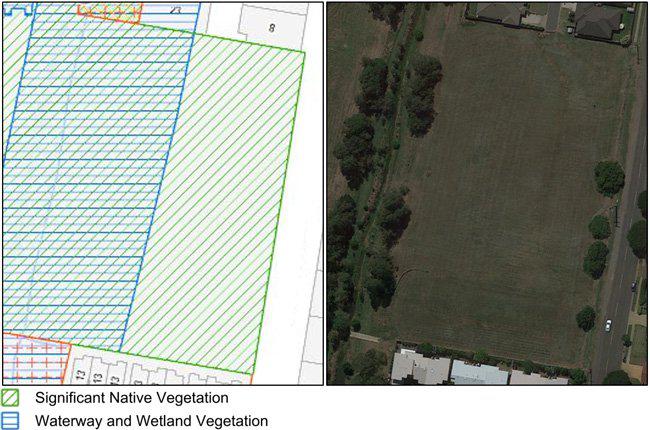Navigating Environmental Approvals: Five Key Lessons For Progressing Your Development Application
With an ever-increasing focus on the environment, urban developers are having to navigate complex development approvals pathways.
Knowing how to address the environmental constraints of your project can be daunting for urban developers, especially if it’s your first time through the development approvals process or if you have not yet delved into an environmentally constrained project.
1. Identifying your project’s environmental constraints
The first step to addressing the environmental constraints in your development application is to identify what environmental protection triggers are in place for your site and understand the constraints these may place on your development application.
There is no one repository of information when it comes to identifying environmental protections. This is partly because environmental protections are prescribed at the three levels of government.
Local government
laws, planning schemes, policies and guidelines form the bulk of environmental requirements applicable to urban developments.
Your development may require assessment through State government agencies, which is generally reserved for projects with a high potential environmental impact (e.g. resource development) or where your development is determined to be of significance to the state.
Federal government
assessment of urban development is far less common and is typically reserved for large, high profile developments, generally with proportionally larger potential impacts.
Resources provided by your state and local government are key to identification of environmental protections. Look for what mapping layers overlay the site, such as waterway corridors, biodiversity areas and bushfire hazards, just to name a few.
Finding the mapped environmental protections on your site is the easy part. The hard part is identifying what development constraints they impose. State and local government planning schemes, policies, legislation and guidelines all help to explain the constraints triggered by environmental protection mapping layers.
If in doubt, a phone call to your local government development assessment team can identify what is mapped on your site and additional information that may be required in a development application.
2. Nobody is perfect – nor is the mapping of environmental constraints
Environmental mapping layers provided by state and local governments sometimes do not reflect the truth of what is on site and should be considered as triggers rather than point of truth. Local governments generally allow some flexibility for negotiating the environmental constraint extents of the site. Two key times in the Development Assessment pathway for refining and negotiating your projects environmental constraints are:
Pre-lodgement meetings
, as the name implies, are conducted prior to lodgement of the development application, provide the perfect opportunity to:
Identify concerns or specific requirements of the development assessors.
Recognise errors in mapping.
Determine what environmental documentation may be required to support your development application.
Post lodgement requests for information, are another opportunity to provide evidence to justify amendments to environmental constraints. At this stage, it is useful to contact the development assessor to identify their requirements for supporting information and negotiate on the projects details.
As an example, the site pictured below, a proposed aged care facility, was mapped as containing a waterway corridor and ‘Significant Native Vegetation’ under local legislation. A site visit identified the site clearly had different environmental values to that which had been mapped. The vegetation was dominated by exotic, regularly slashed grass and the waterway corridor was narrower than what had been mapped. Following discussion of the mapping with local government development assessors, a development application was lodged that provided a refined assessment of vegetation and watercourse mapping on-site.


3. Watch the timeframes: Consider environmental constraints early
Don’t let unanticipated environmental requirements blow out your project timeframes. Identify environmental constraints early. A few examples of when we have seen timeframes extend have been when:
A referral to state or federal government is required.
State or local government requests for detailed information that has not been provided in the Development Application.
Development approval conditions require substantial additional site surveys prior to commencement of works.
[caption id="attachment_65475" align="aligncenter" width="600"]
Above: Finding the Near Threatened Eucalyptus curtisii on a south-east Queensland site delayed construction by two weeks while an assessment was lodged to the State Government.[/caption]
Identify environmental constraints and opportunities early in the development process.
Find the balance between meeting the environmental constraints of your site while unlocking the value of your investment.
Avoid delays from repeated requests for information.
Understand the nuances of your local governments development assessment requirements.
Consider not just what environmental protection layers are mapped for your site, but how these may constrain development.
Local government provides some flexibility to refine and negotiate environmental constraints.
Address environmental constraints early. It can save unnecessary delays to your development.
Don’t forget post-approval environmental compliance obligations.
Seek local experience when hiring urban development professionals.
Chris Beavon Director and Senior Ecologist at the consulting firm E2M, works with urban developers to identify the environmental constraints and opportunities of their project.
Main image credit.













